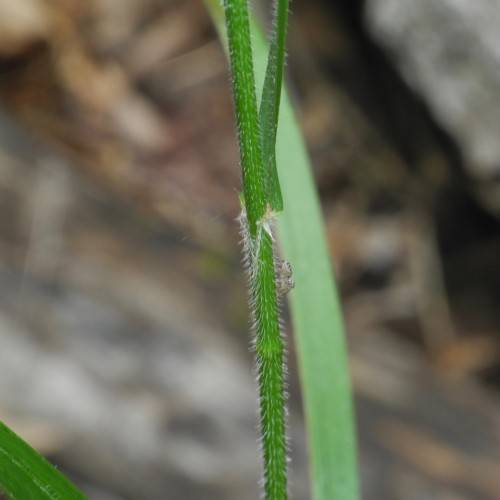
Nottoway Brome Grass
Bromus nottowayanus
Also Known As - Satin Brome,Nottoway Valley BromeWatering:
Minimal
Hardiness Zone:
Flowers:
Flowers
Sun:
Sun, Partial Shade
Soil:
Clay, Sand, Loam
Leaf:
Yes
Growth Rate:
Low
Drought Tolerant:
Yes
Salt Tolerant:
Yes
Invasive:
Yes
Care Level:
Moderate
watering
Fringed Brome should be watered thoroughly but only when the top 2-3 inches of the soil are dry. It is important not to water this plant species too often. If water runs off the soil, it is an indication that too much water has been applied and the soil may become compacted. Water in the morning 1-2 times per week. Be sure to water the plant until the water has had time to be absorbed by the roots, and avoid wetting the plant’s foliage.
sunlight
Fringed Brome, also known as Bromus kalmii, is a perennial grass native to North America. This plant species prefers full to partial sun. In the northern part of its range, fringed brome requires at least 6 to 8 hours of sunlight each day. However, in areas located further south with greater sun intensity, fringed brome may only need 4 to 6 hours of direct sunlight. Generally, fringed brome should be kept in bright, indirect light throughout the day with occasional direct sunshine for best growth.
pruning
Fringed brome should be pruned in early spring while the plants are still dormant. Pruning should be kept to a moderate level, removing dead, diseased, or broken stems. Removing no more than 1-third of the total plant growth will encourage the desired shape and fullness. After pruning, apply a light feed of a balanced fertilizer or compost to the soil surface to encourage vigorous regrowth of both stems and leaves.
